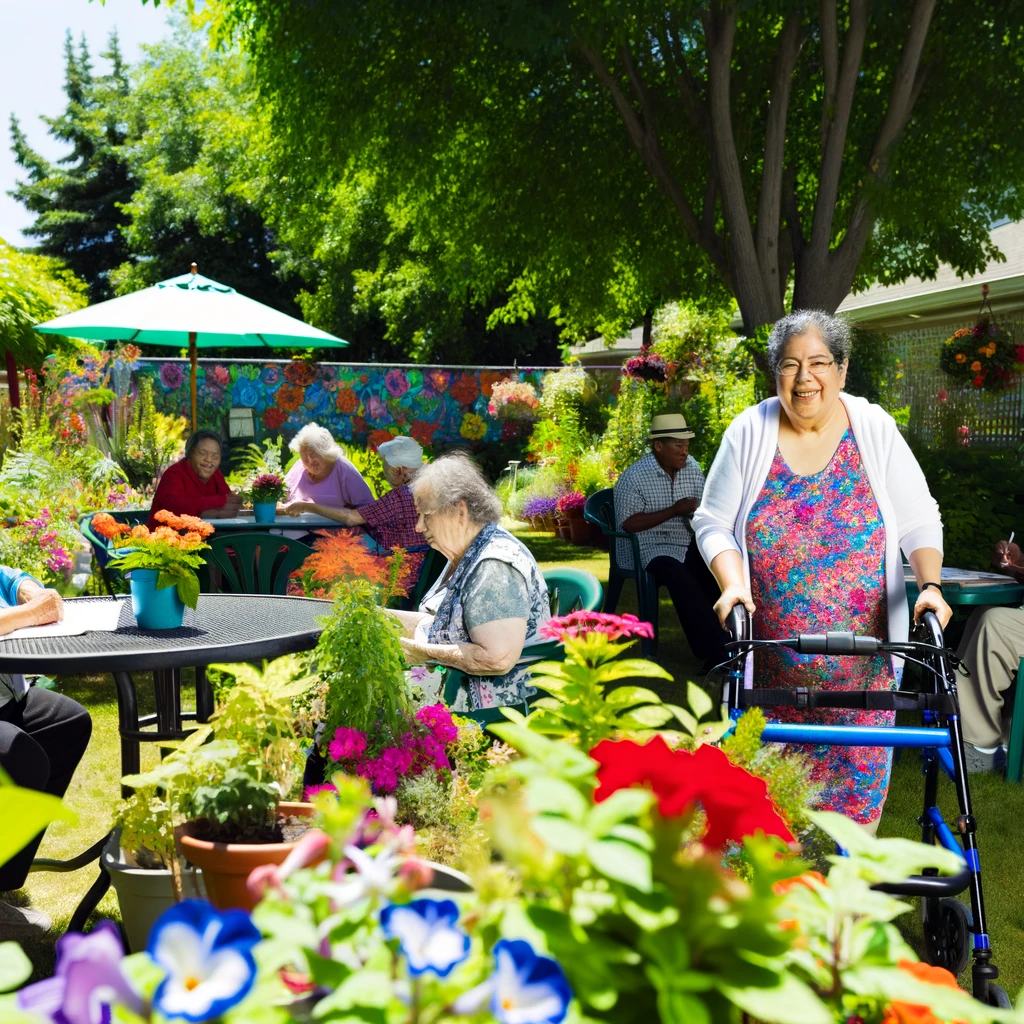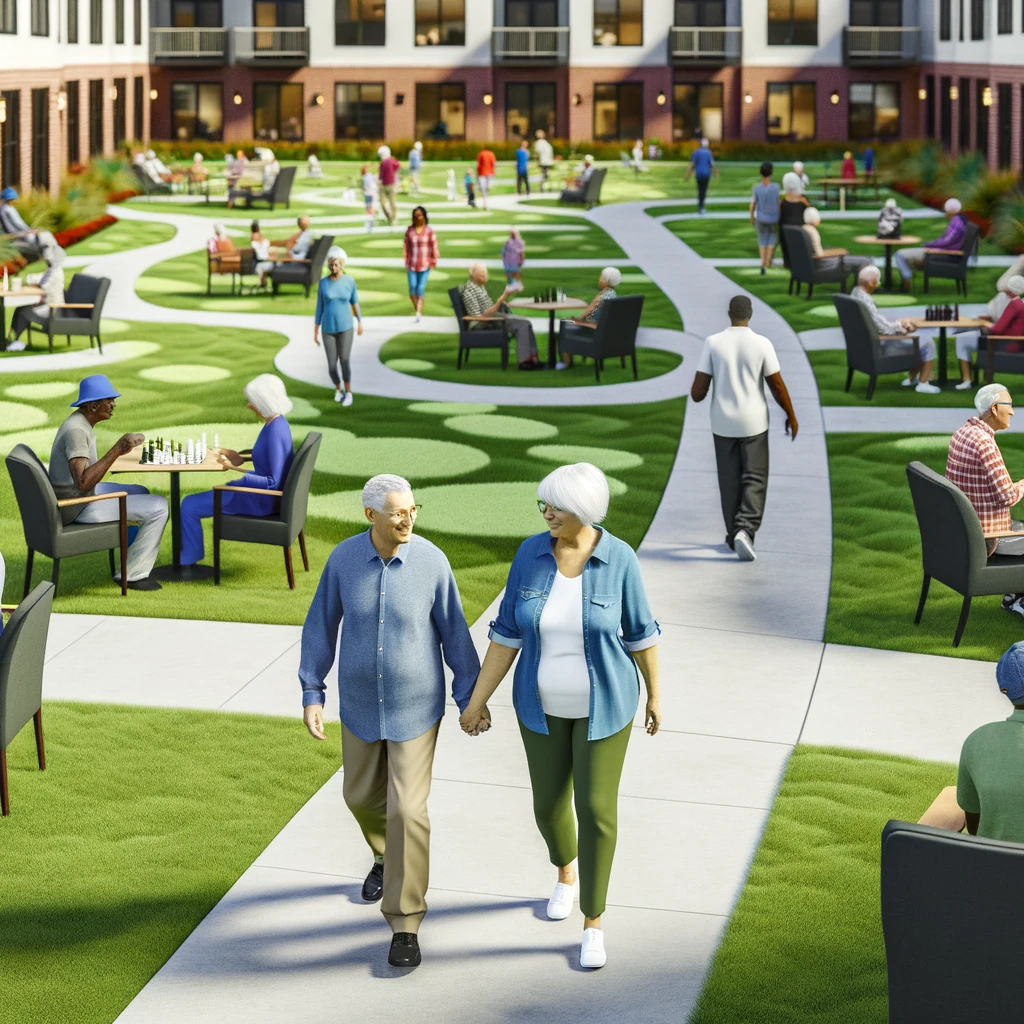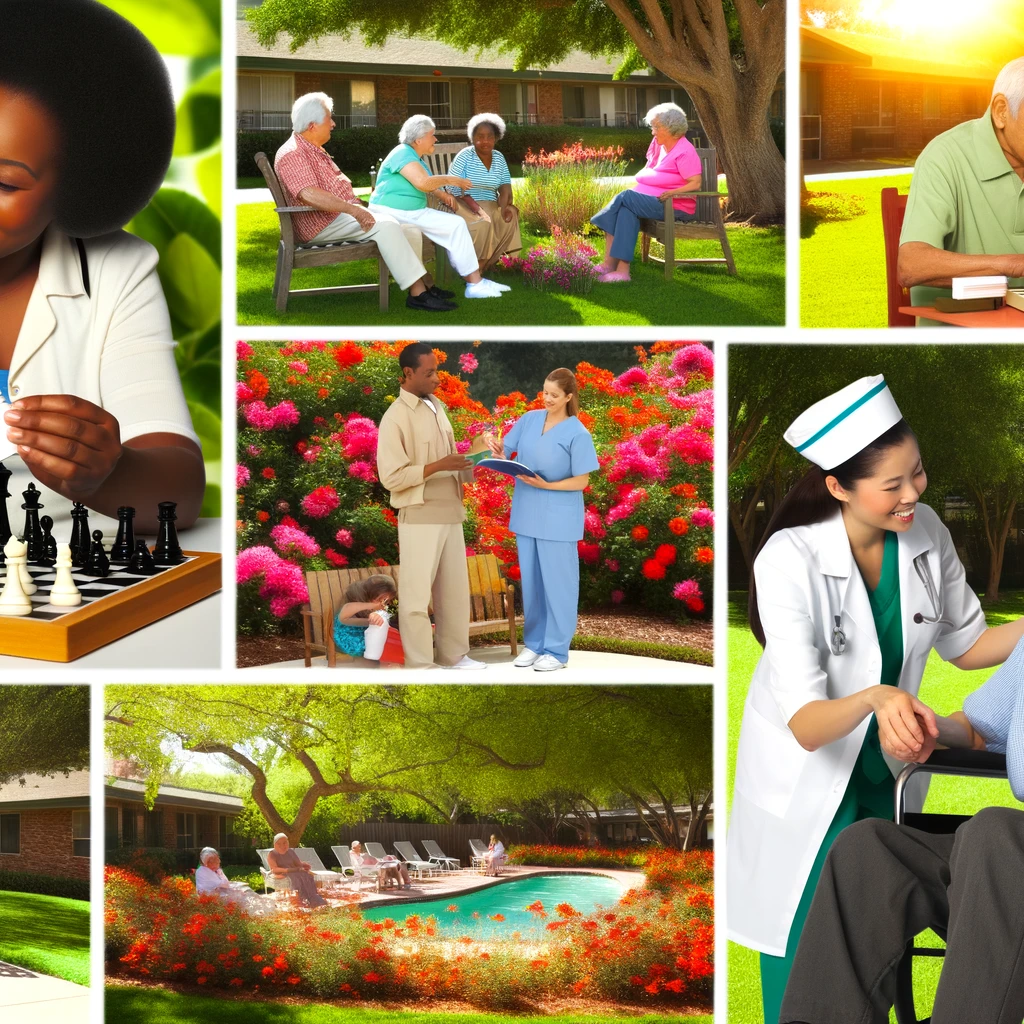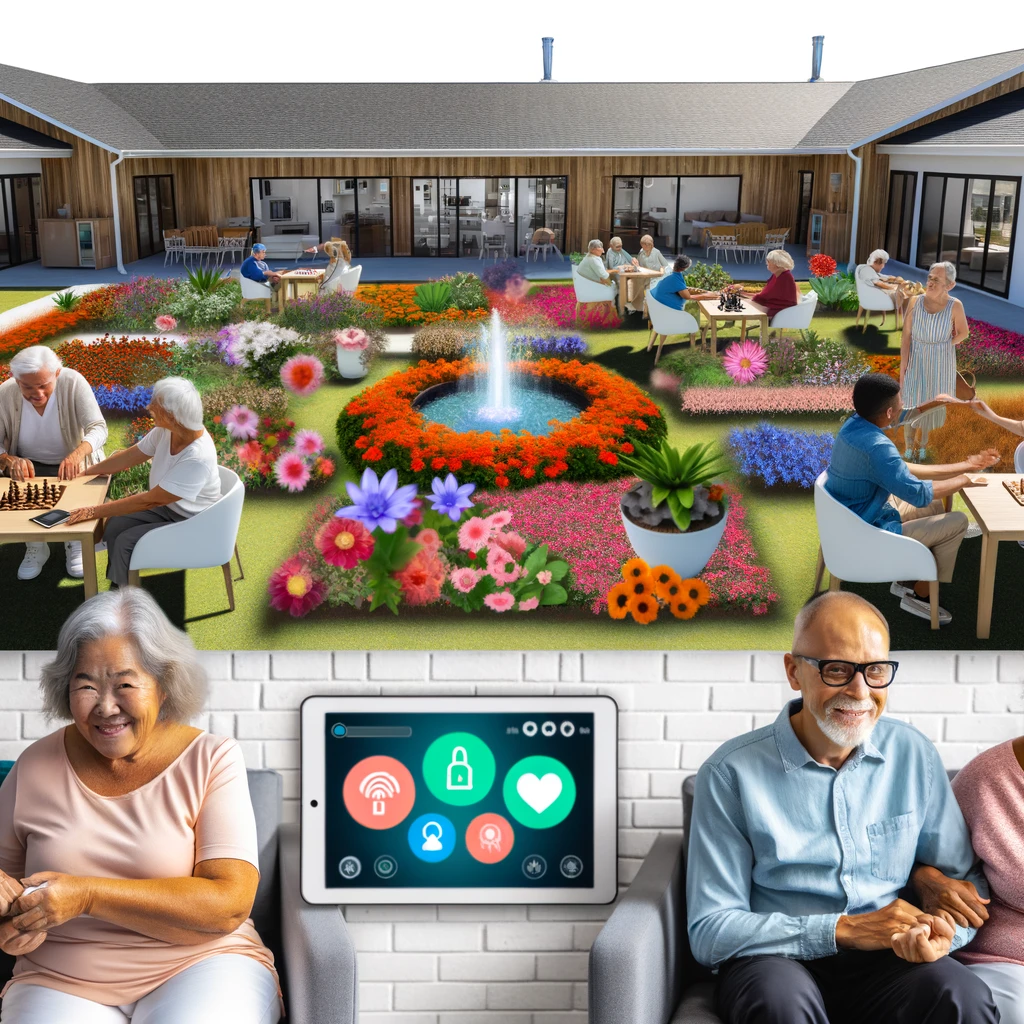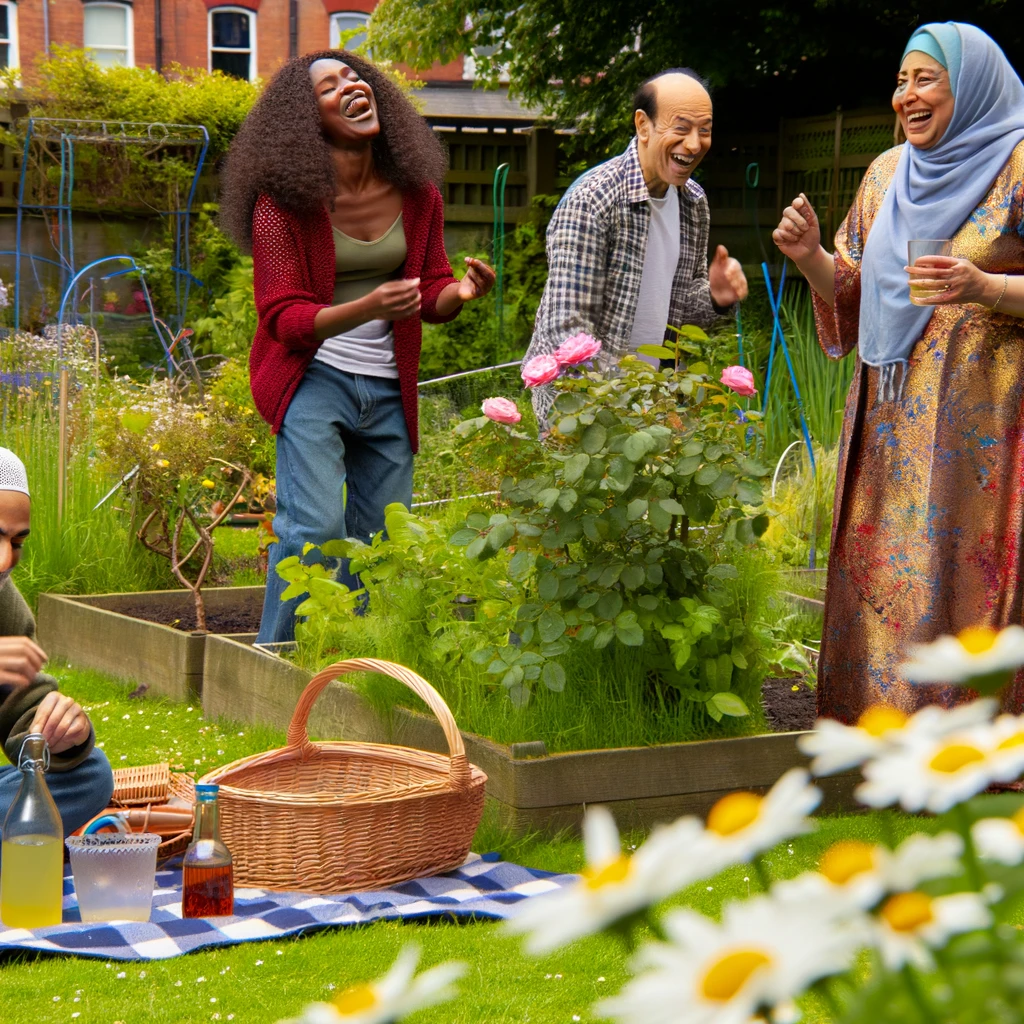
Activities and Engagement: The Heart of Senior Community Life
Senior communities are vibrant hubs where activities and engagement form the lifeblood of daily living. These environments offer more than just a place to reside; they provide a dynamic setting where seniors can flourish, participate in enriching activities, and build meaningful relationships.
The Importance of Engagement in Senior Communities
Engagement within senior communities is critical for several reasons. It fosters a sense of belonging, enhances mental and physical well-being, and encourages lifelong learning. Activities designed for seniors not only combat loneliness but also promote a more active lifestyle.
Physical Health Benefits
Engaging in regular physical activities like yoga, tai chi, or even walking groups can significantly improve seniors' physical health. These activities help maintain mobility, enhance cardiovascular health, and reduce the risk of chronic diseases.
Mental Health Advantages
Participating in social activities and cognitive games has been shown to improve mental health by reducing stress, anxiety, and depression. Activities such as book clubs, art classes, and music therapy stimulate the brain and keep cognitive functions sharp.
Types of Activities in Senior Communities
Senior communities offer a wide range of activities tailored to the interests and abilities of their residents. These activities are designed not only to entertain but also to educate and engage seniors on multiple levels.
Recreational Activities
Recreational activities like gardening, hiking, and bird watching allow seniors to connect with nature and enjoy the outdoors. These activities provide an excellent opportunity for residents to relax and rejuvenate.
Social and Cultural Events
Social gatherings, cultural festivals, and themed parties are common in senior communities. These events encourage socialization and provide residents with a chance to celebrate different cultures and traditions.
Educational Programs
Many senior communities offer educational programs such as guest lectures, workshops, and technology classes. These programs help seniors acquire new skills and stay updated with the latest trends and technologies.
Role of Staff and Volunteers
The staff and volunteers in senior communities play a pivotal role in organizing and facilitating these activities. Their dedication and creativity ensure that the programs are engaging and cater to the diverse interests of the residents.
Creating a Supportive Environment
Staff members strive to create a supportive and inclusive environment where every resident feels valued. They encourage participation and provide the necessary assistance to ensure that everyone can partake in activities.
Personalized Attention
Volunteers and staff often provide personalized attention, tailoring activities to meet individual preferences and abilities. This personalized approach enhances the overall experience and satisfaction of the residents.
Conclusion
Activities and engagement are indeed the heart of senior community life. They enrich the residents' lives, foster friendships, and create a lively atmosphere. As we continue to recognize the importance of these programs, it becomes essential to support and expand the offerings available within senior communities to ensure that all residents can lead fulfilling and active lives.
Related Articles

